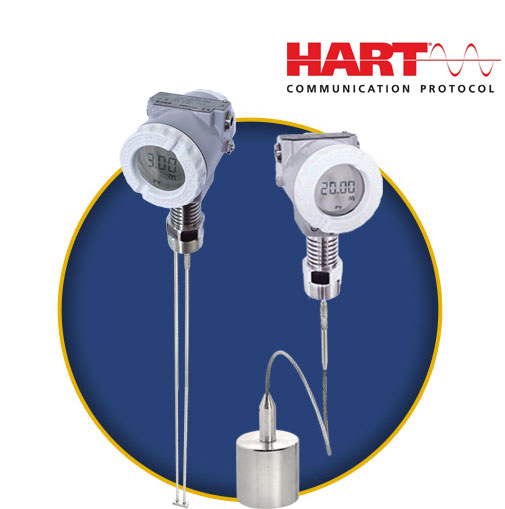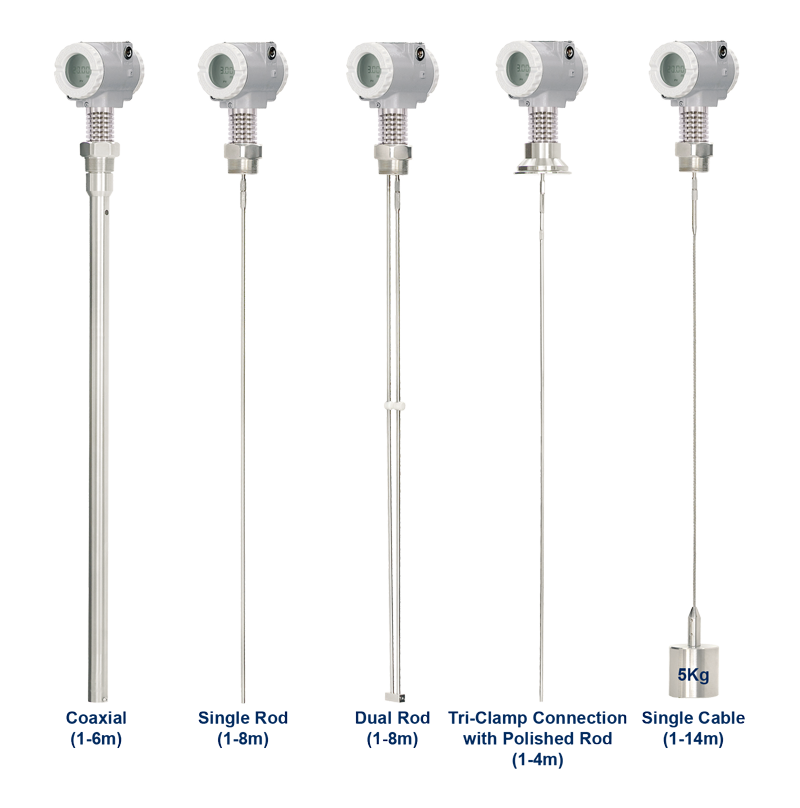RD500
Guided Wave Radar Transmitter

SMAR RD500 uses the TDR – Time Domain Reflectometry principle, usually applied on dielectric constant measurement of liquids, on fissures detection of concrete structures, concentration and humidity measurement and, among others, on direct level measurement in industrial processes.
By using a frequency generator, the equipment emits pulses which are guided through a probe in contact with the process.
These waves, by reaching a different environment, return through the probe because of the environment’s impedance changing. This parameter has a direct relation with the dielectric constant of the process, and it will be decisive on waves reflection quality.
With a dedicated software, RD500 calculates continuously the time between waves reflection. With waves’ frequency, this software will calculate the real level desired.
Features
- Based on Time Domain Reflectometry (TDR) principle;
- Not affected by density and/or temperature variations;
- Not affected by viscosity, gravity, steam or gases over the process;
- Easy to install and maintain;
- ±5 mm accuracy;
- Excellent repetibility and resolution;
- Remote configuration via local adjustment or remote configuration tool;
- Volume calculation for irregular tanks.
Probes
Guided Wave Radar Transmitter
* Probes for measurements above 14m (up to 30m) are avaliable consult only.
The RD500 uses probes as coaxial, single flexible, single rigid and dual rigid, allowing larger flexibility to the user depending on the application characteristics.
- Single Rod: for measurement range up to 8 m in process with high dielectric constant (strong water presence, for example); installation in communicating vessel; polished food installations and with tri-clamp connection.
- Dual Rod: for measurement range up to 8 m in process where the dielectric constant is relatively low, as products with little water presence (example:grains constantly humid).
- Single Cable: for measurement range up to 3 m until 14 m in process with high dielectric constant (strong water presence, for example) and turbulence situations which demand more flexibility and mechanical efforts of the probe.
- Coaxial: for measurement range up to 6 m in liquids process with dielectric constant very low (see Table from page 7), vapour, surface with high turbulence and presence of bubbles and foam.








